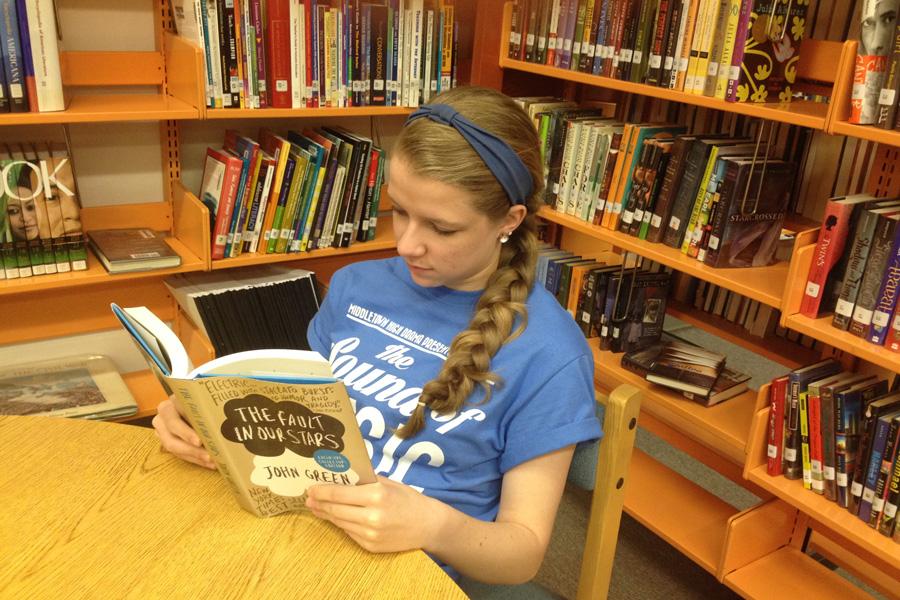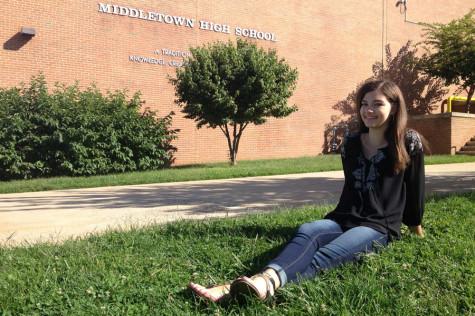By Taylor Bushey
Online Editor-in-Chief
With an unforgettable meaning laying within the pages, The Fault in Our Stars grabs readers in a new way and in the end leaves them speechless, unable to believe it’s over.
Insightful and bold, this may be one of the best books and films of the year. Written by award-winning author, John Green, the novel was released in early 2012 and is now hitting the big screen on June 16. The book was named Editor’s Choice by The New York Times and has been marked at number one on The Wall Street Journal bestseller list.
The beginning, being narrated by one of the main characters, Hazel Grace, takes place in a support group with different teenagers and kids fighting the same dangerous and potentially life-changing disease, cancer.
Grace conducted thyroid cancer a couple months back, and has been stolen the right to a normal life. While the cancer movement in her body is at a pause, Grace tells the story of her picking up the pieces and getting her life back on track.
During a support group she meets her new best friend, Augustus Waters. From then on they both go on a journey, teaching each other experiences and applying them to daily life.
Cancer affects lives of friends and loved ones, and a story reflecting reality draws readers in—especially now when so many have been affected by the disease.
The novel takes the heart on an emotional roller-coaster with plot-twisting and realistic features to which readers can relate. Readers have found the book to be a place for security because it shows an emotional downfall is acceptable in a stressful time.
The theme not only centers the feelings of the main characters but also the emotions of characters being affected, something that many authors seem to neglect.
The book features emotions of surrounding characters from the parents of Grace and Water’s family friends. During one of the scenes, a friend leaves a cancer patient because the disease has made him blind. The friend can’t handle the emotional distress and decides to avoid it all together.
While reading the book, I have found some of the scenes harsh but have also realized that I have seen similar situations take place in real life. This scene in particular opened my eyes because now I see losing and gaining new people in an experience as big as this one happens all around me.
The book’s ending, although gloomy, reflects what goes on a daily basis. It shows that life doesn’t always have a happy ending as much as people would like.
Green doesn’t overstate or dramatize the work. Instead, he keeps it at a healthy balance for all. He shares what truly goes on with an affected family from cancer and doesn’t leave out anything that needs to be heard and felt.















